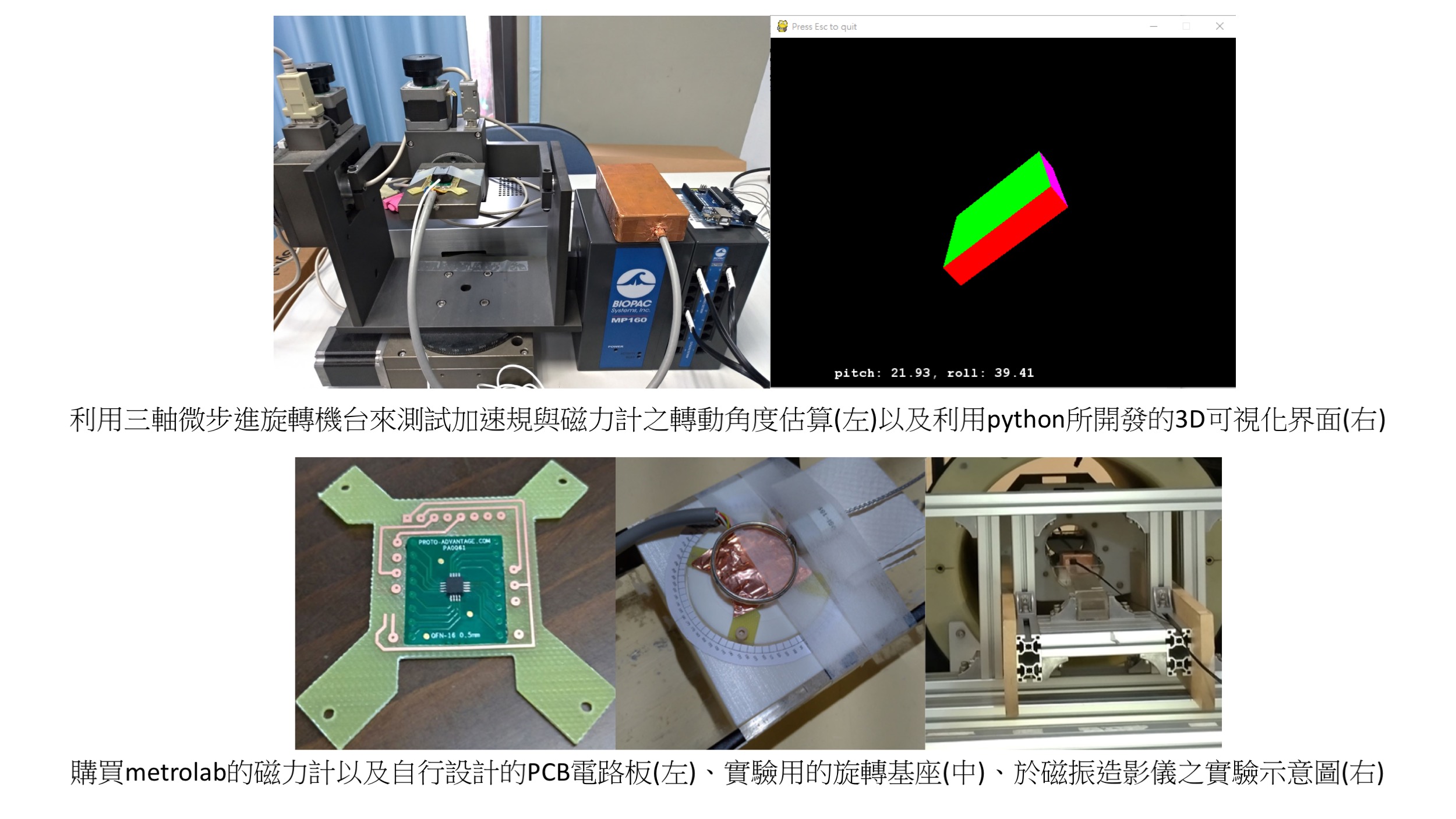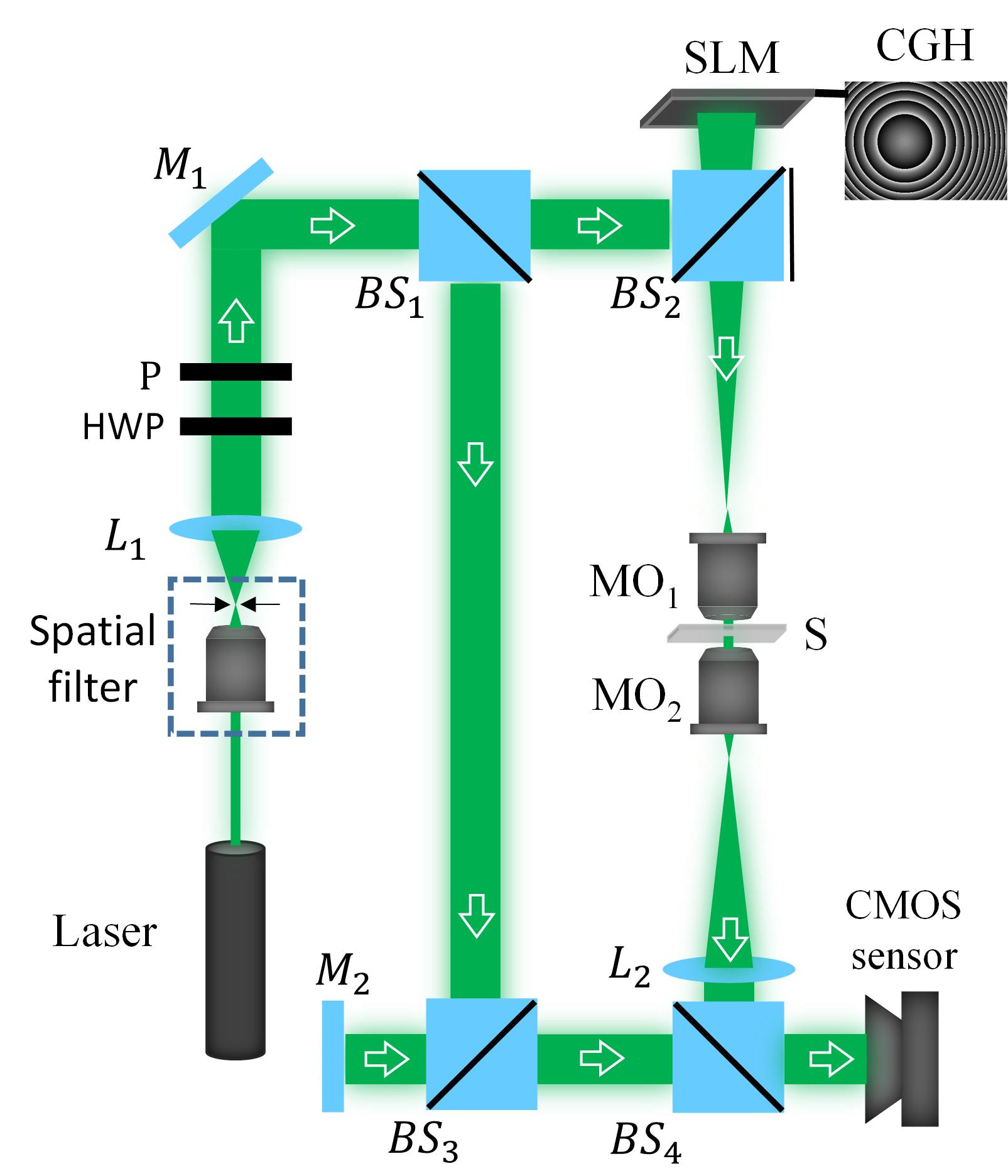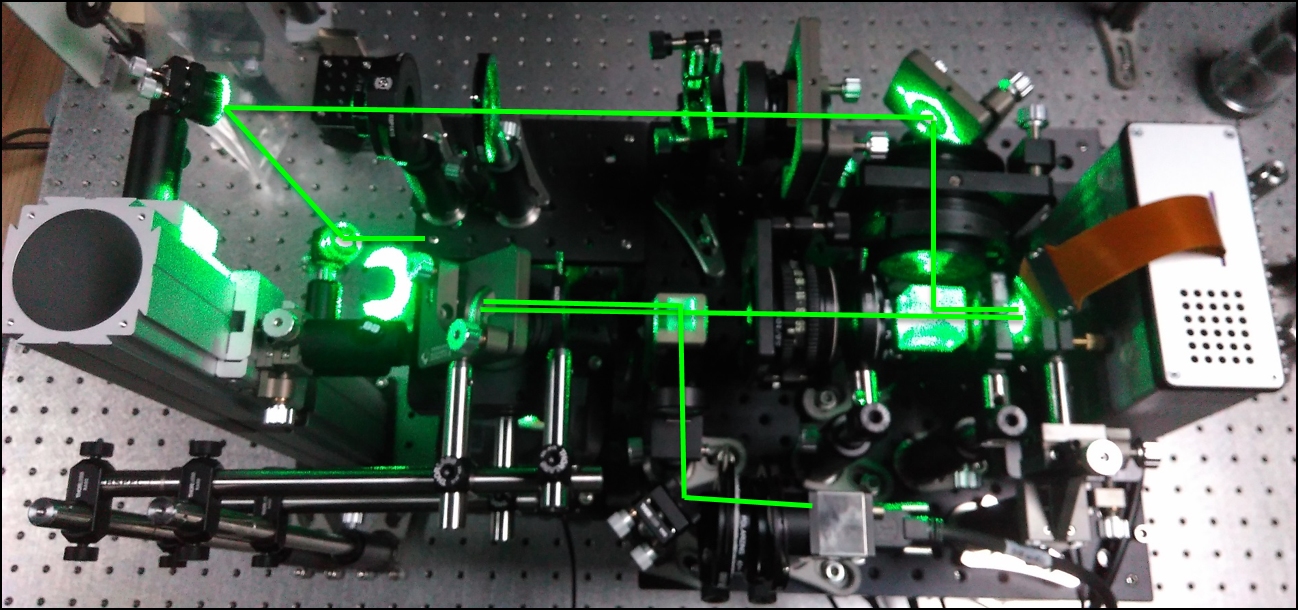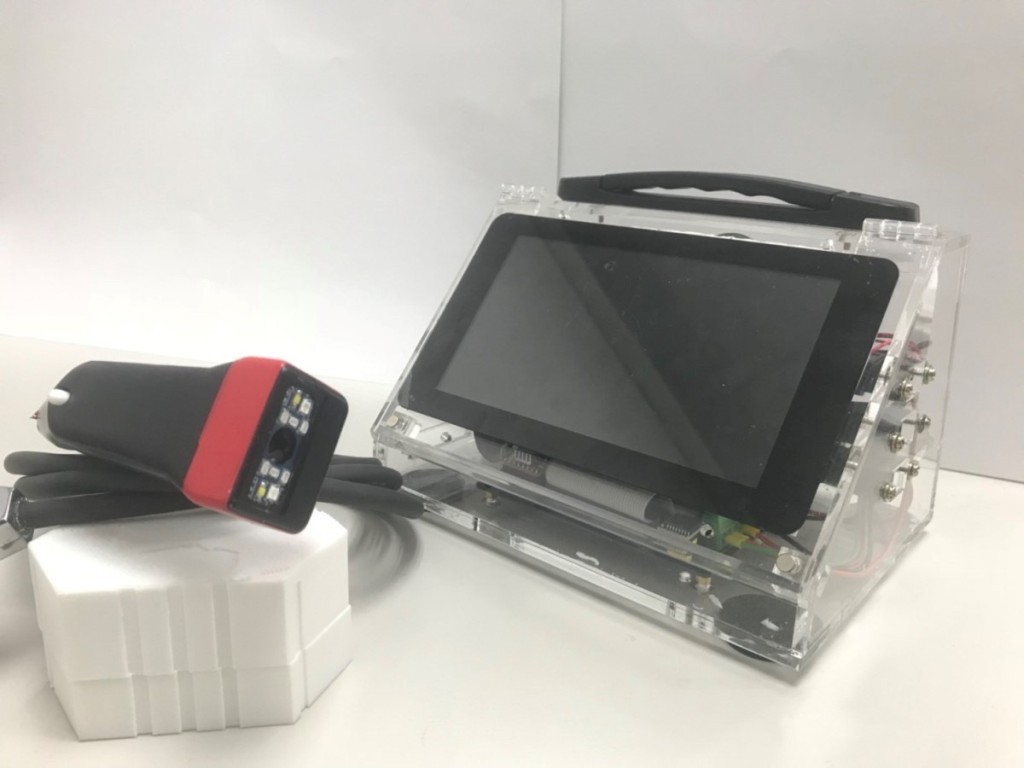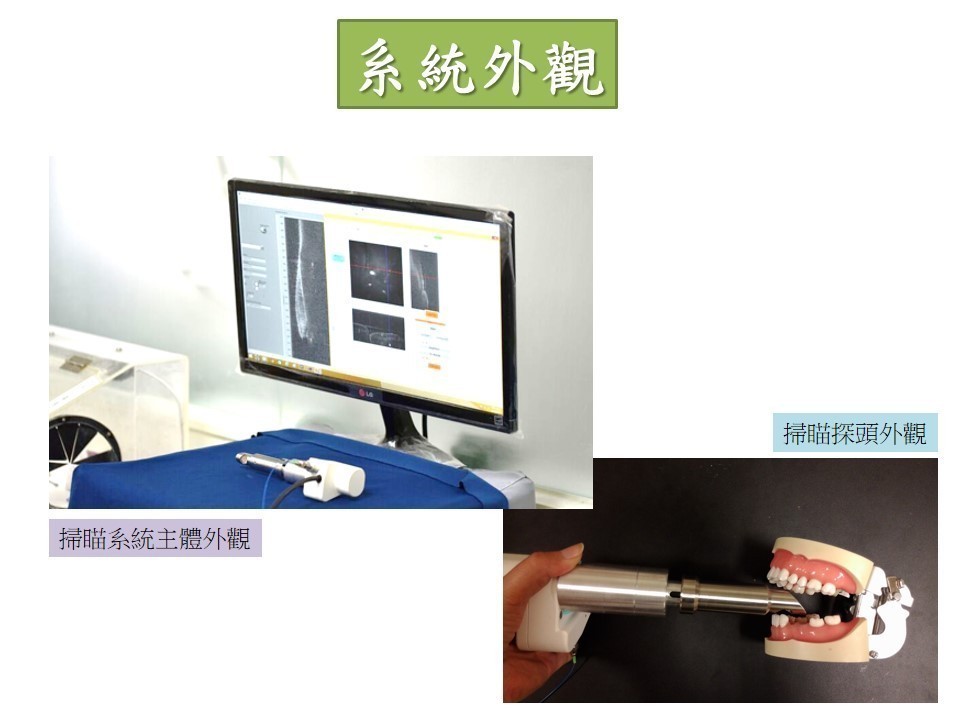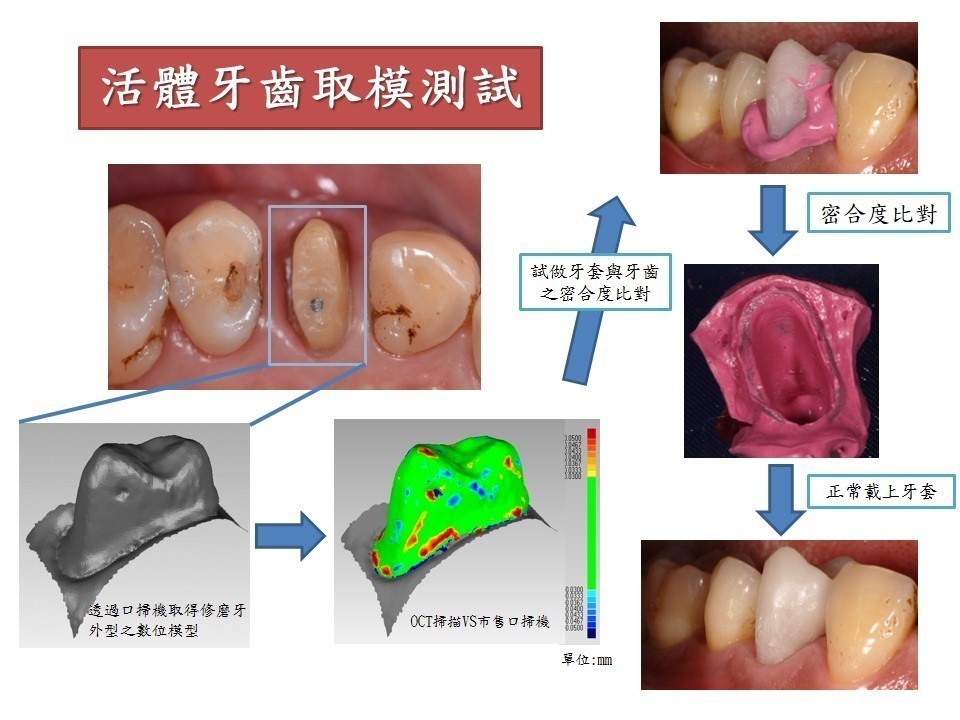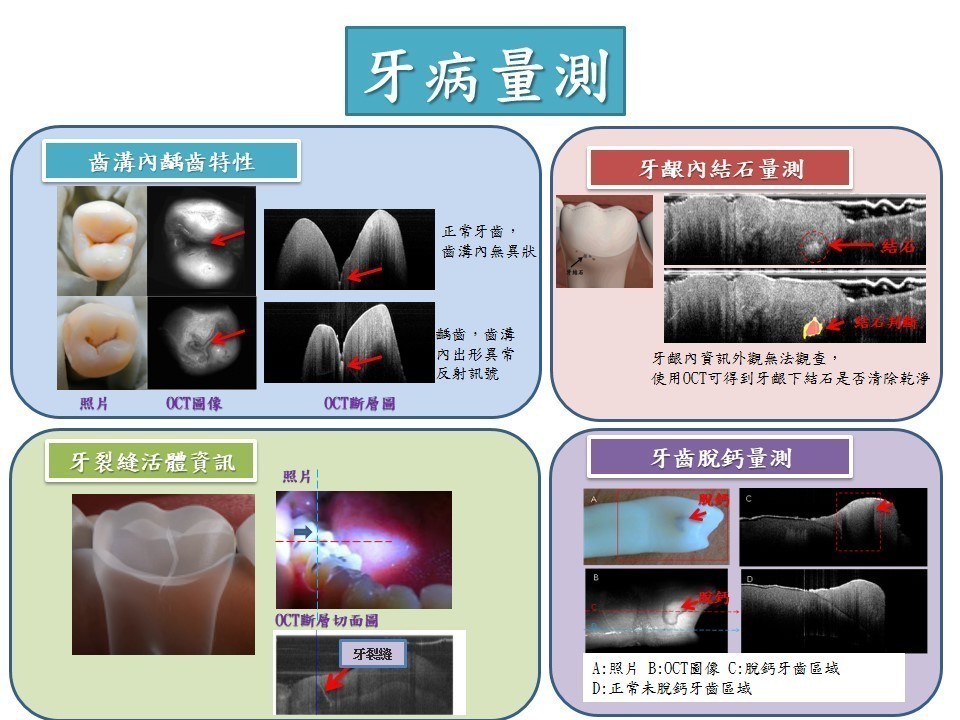| Summary |
The system can obtain the appearance of teeth without gingival retraction, and has the advantages of gingival retraction free, painless measurement and no radiation. It can eliminate the mistakes of traditional modulo and avoid gingiva damage.
The system is also equipped with dental preventive medicine. It can detect dental cancer, subgingival calculus, periodontal pocket depth, dental caries, dental cracks, tooth decalcification and other dental diseases. |
| Scientific Breakthrough |
Optical Coherence Tomography (OCT) is an optical technique that can penetrate tissue and instantly acquire images of tomographic sections of biological tissues. OCT's research in medicine has been around for a long time. For gastroenterology, ophthalmology, dermatology and dentistry. In fact, the major international research units in the development of oral OCT are still focused on the early detection and localization of tooth decay, and relatively lack of other oral applications, such as the production of dentures.
The production of dentures can be divided into traditional impressions and digital impressions. The instruments commonly used in the market for digital impressions are mostly based on intraoral scanners. However, the intraoral scanners can only obtain surface information and cannot obtain information under the gingiva tissue. If an intraoral scanner is used for digital impression, it is necessary to use the retraction line to retract, and depending on the situation, it may be necessary to apply a reflective agent on the surface of the tooth. Whether doing retraction or applying a reflective agent, it will burden the patient.
The technology uses OCT to detect the tooth surface, the gingiva tissue and the boundary between tooth gingiva. It obtains image information through the OCT, and then processes the software to remove the gingiva in a digital manner to complete a new type of non-invasive digital denture modeling. The optical coherence tomography imager can penetrate the gingiva, and then obtain the digital model of the teeth by the software algorithm and the refractive index compensation, and the retraction line is not needed. It's a non-invasive treatment, we define it as a digital gingival retraction. Its longitudinal precision is up to 10 um, and does not need to use reflective agent in use, improve patient’s comfort and improve the precision of denture production. In addition, 3D tooth carving or 3D printing can produce high precision restorations. Improve the speed of denture production. In the hardware part, the probe is designed as a replacement and is disposable, which can be used for different patient's oral environment. The unique safety and hygiene features of the disposable can make the patient feel at ease.
In addition to the modulating function, the system is equipped with dental preventive medicine. OCT-specific tomographic section measurement can be used to obtain oral mucosal cancer information, subgingival calculus, periodontal depth, gingival molars, dental cracks, tooth decalcification, etc. in a non-invasive and painless manner. It can also be combined with medical program recognition functions to complete automated viewing capabilities.
This flexible, highly sensitive, economical, non-radioactive diagnostic instrument produced by this technology is commonly demanded in dental clinics. This kind of instrument is economical, convenient to carry and widely used, which can shorten the time of impression, increase the success rate of impression, and greatly reduce the discomfort and injury that may be caused, which is conducive to constructing a good relationship between doctors and patients.
The image regression algorithm developed by the team will be the key patent for oral application in OCT technology. At present, Taiwan patent has been obtained, and it has also entered the PCT. At the same time, Taiwan Strategics Intellectual Property Office is assisting in applying for PCT to enter the United States and China. |

